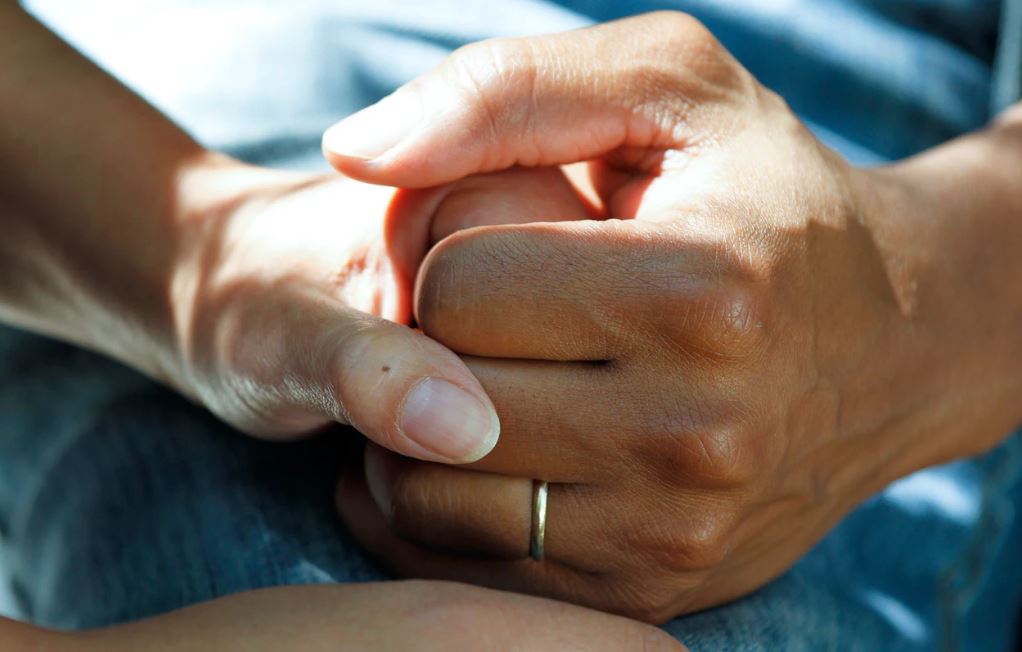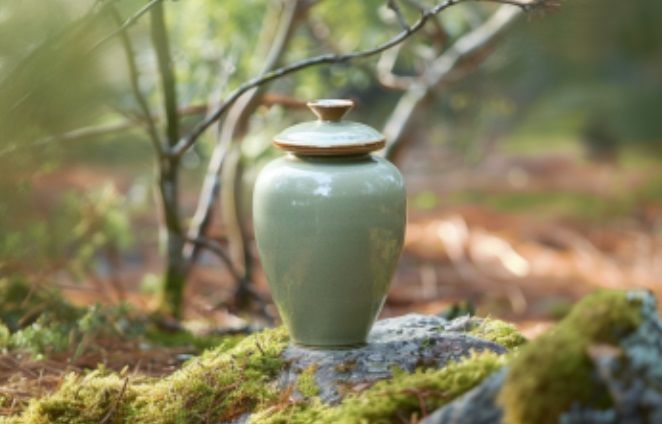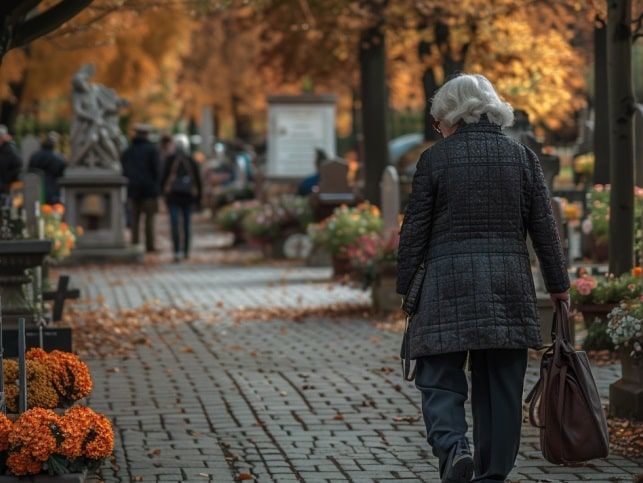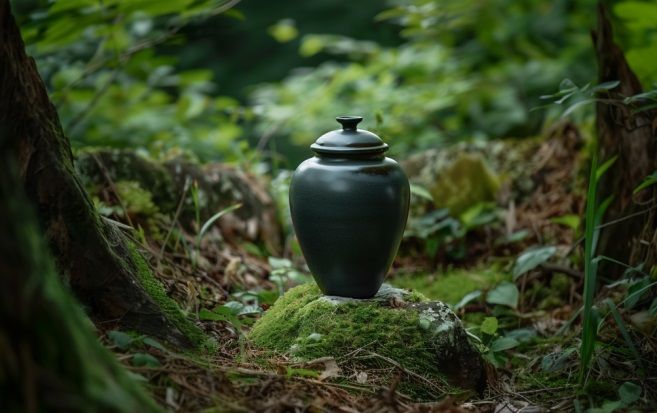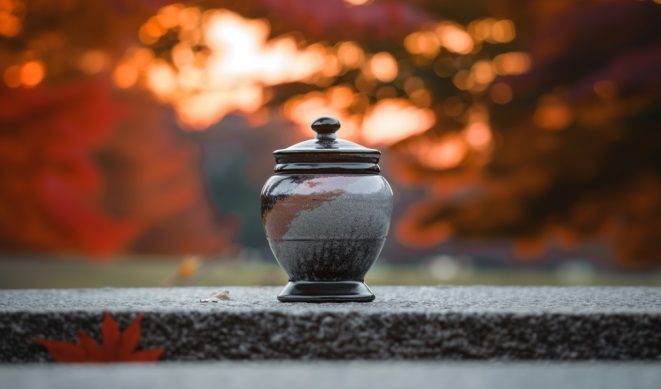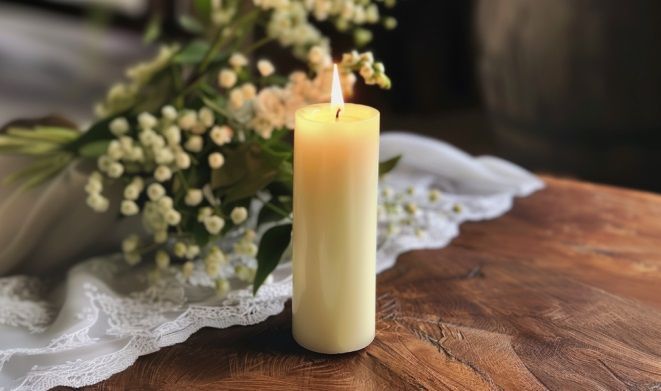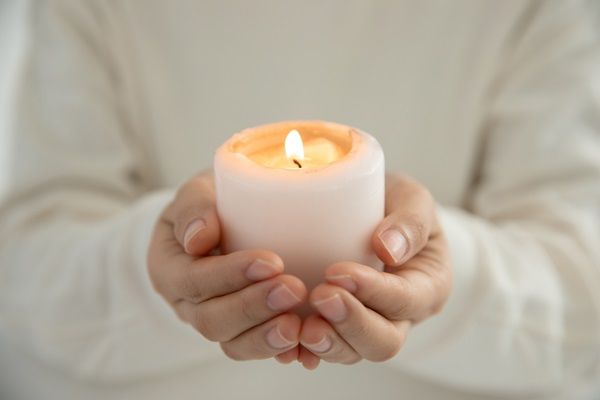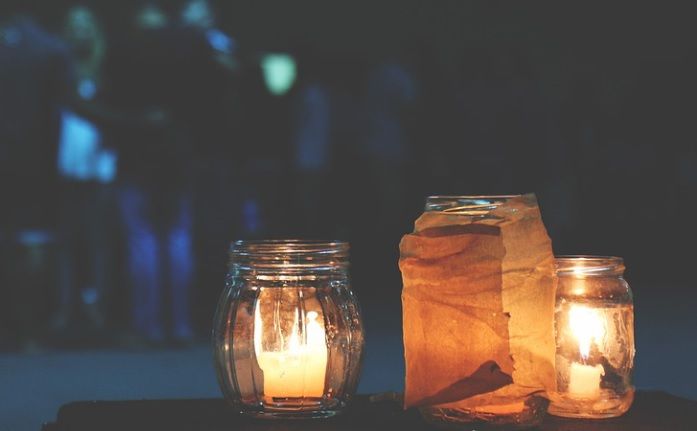Can Cremation Ashes Last a Lifetime?
Some families keep the cremation remains of their loved one. But some are curious of how long do cremated ashes last. This article will give details on that.
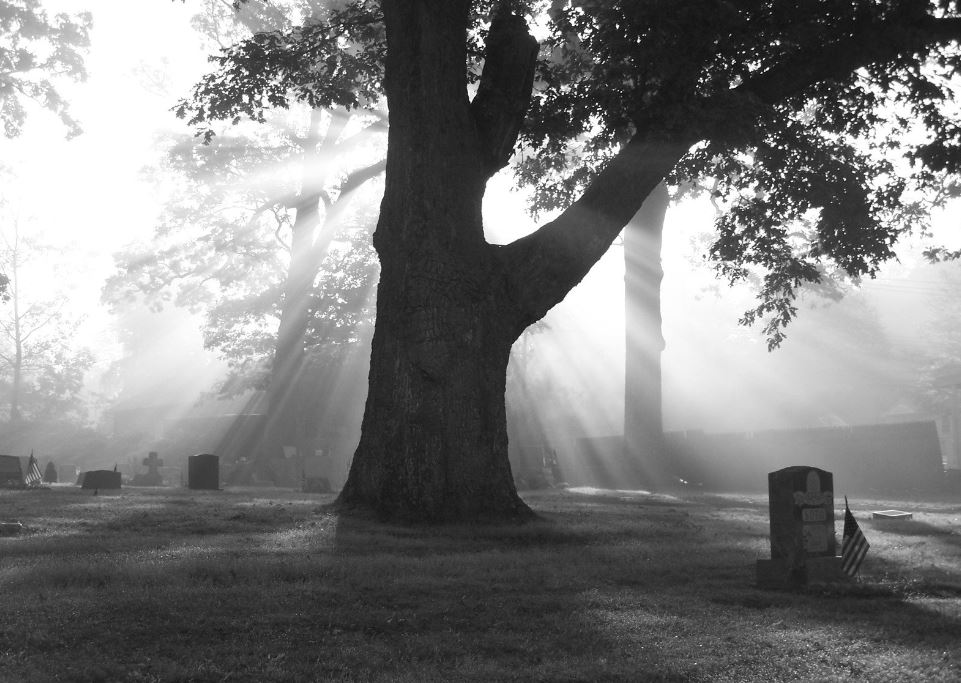
There is a growing trend toward direct cremation in Shorewood, WI as an alternative to traditional burial. It gives families the option of keeping a deceased loved one's body eternally, or at least until a final resting site is determined. The question, "How long do cremated ashes last?" is a common one among those exploring cremation as a final disposition for a loved one's remains, and it's an important one that requires careful consideration at various stages of the mourning process.
Grasping the Concept of Cremains
After a body is cremated, just the bones are left behind. What we often refer to as "ash" is only the residue left over during cremation. During the process, the body's organic matter is burned off. Read on to learn some fascinating information about the cremains.
Dry calcium phosphates and trace amounts of other minerals like potassium and sodium make up the bulk of the cremains.
They weigh around five pounds and have a white-grey coloration.
There are more bone pieces left after the procedure when a person is taller than when they are shorter.
Typically, men have more robust skeletons than women do. Bone density tends to be higher in the young than in the old. Ashes of a younger guy will therefore be heavier than those of an old female.
Usually, a person's ashes will weigh 3.5% of their original body weight, or 2.5% of a child's.
Gravesites with Cremated Remains
How long it takes for cremains to decompose and become a natural part of the soil depends on how they are buried. Cremated remains are often interred directly into the earth, without the need of an urn or a tomb. The time required for degradation to occur is brief. Even biodegradable urns might take up to twenty years to completely break down. Once the biodegradation process begins, the corpse will swiftly become one with the ground.
Dissolved Cremated Remains in Water
Many people opt to scatter or bury their loved one's ashes in water because of how swiftly the cremains will disperse. In fact, research shows that cremains may be used to construct "fake" coral reefs. The comforting effect of this environmental improvement on the mourning family cannot be overstated. Having the ashes in an urn gives family and friends more time to say their goodbyes before scattering or burying the remains. Biodegradable urns break down more quickly in water than traditional ones, making them ideal for aquatic burial.
Cremated Remains Displayed in an Urn
When stored in an urn with a tight lid, cremains can be preserved for generations. Some of the ashes of people who lived more than a thousand years ago have been discovered by archaeologists. Urns designed for home display are sealed and prepared to last a long time.
Home Interment of Cremated Remains
However, there are downsides to keeping cremains in an urn at home, even though many individuals have this desire. Because of their potential worth, urns are frequently targeted by thieves. All sorts of catastrophes can wipe out urn collections. A major plumbing issue is the potential degradation of cremains if the urn breaks. If home storage is preferred, there are companies that will clean the urn and ensure the remains are secure until they are returned.
If you have more questions and clarifications about cremation services you can contact direct cremation Shorewood, WI.
Blogs
